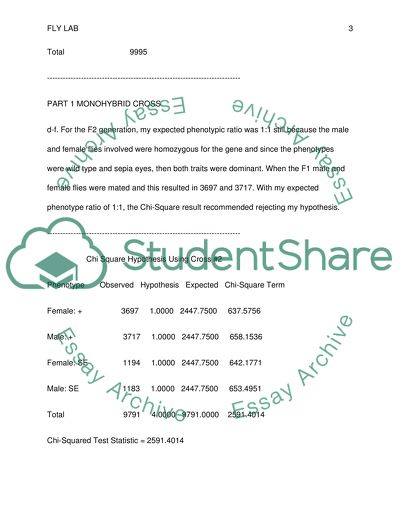GENETICS EXPERIMENTS FLYLAB Essay Example | Topics and Well Written Essays - 750 words. Retrieved from https://studentshare.org/biology/1480642-genetics-experiments-flylab
GENETICS EXPERIMENTS FLYLAB Essay Example | Topics and Well Written Essays - 750 Words. https://studentshare.org/biology/1480642-genetics-experiments-flylab.


